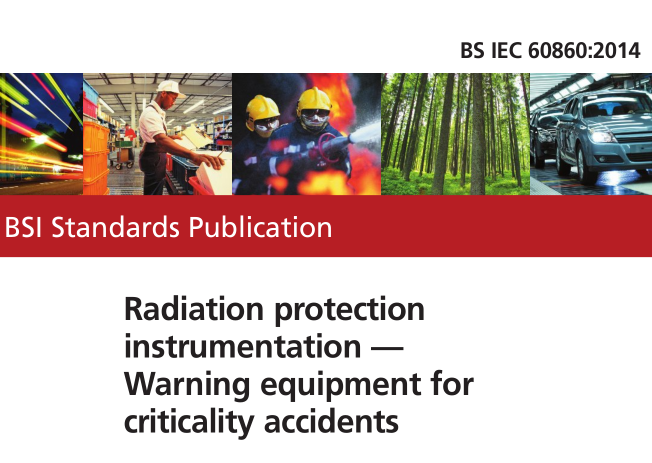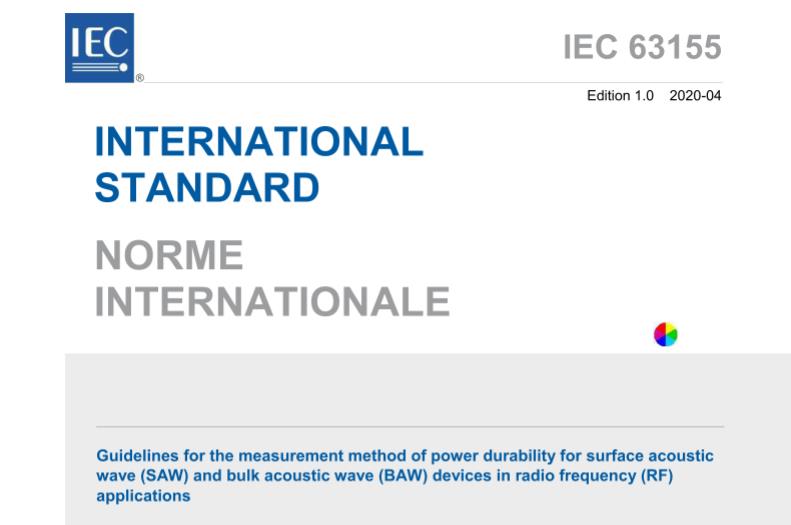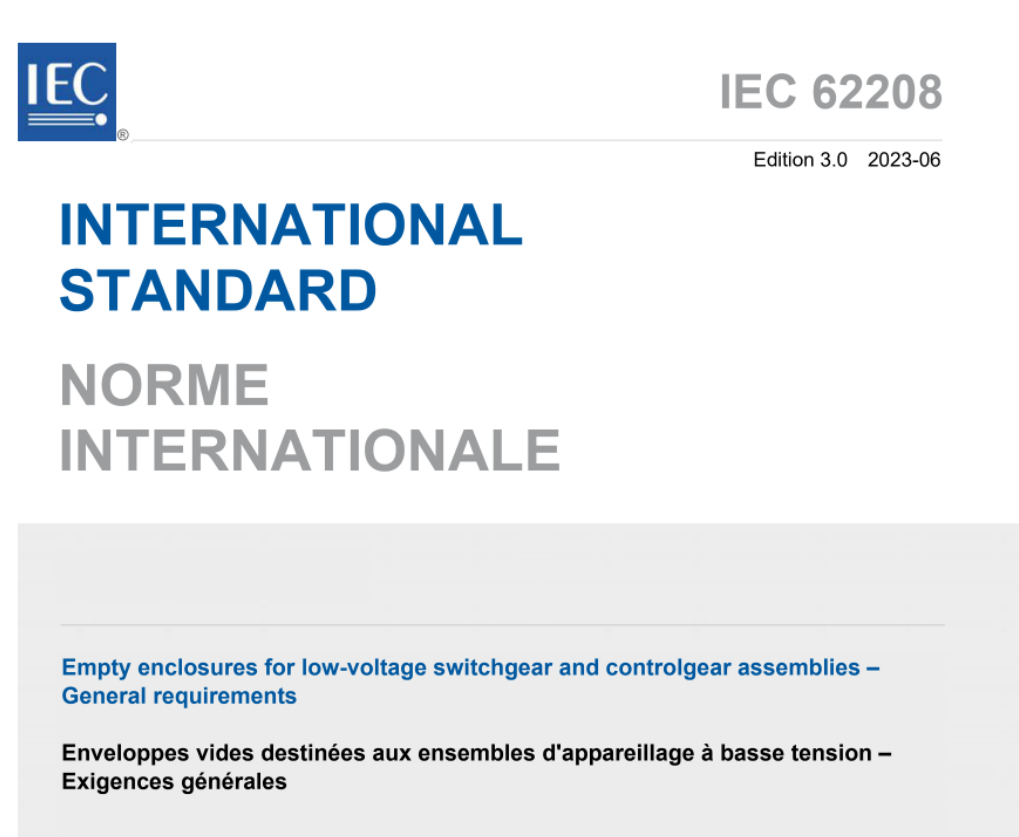BS IEC 60860:2014 is intended for equipment designed to alert of a criticality accident through the detection of gamma radiation, neutrons, or both. The standard primarily focuses on equipment design rather than the placement of such equipment. The placement requirements for criticality alarm systems, as well as their operational procedures, are detailed in ISO 7753 and ISO 11320.
The primary function of the criticality alarm system is to detect radiation emanating from criticality accidents and to issue warnings to personnel. Adequate alarms must be in place to alert individuals in the affected area and adjacent zones (often the entire facility) in the event of a criticality accident, with the goal of initiating an evacuation to minimize the risk of severe exposure to personnel.
These systems may also serve secondary functions, such as conducting follow-up radiation level measurements during an accident. However, these secondary functions should only be employed if they do not negatively impact the criticality alarms or their critical characteristics (such as reliability) as outlined in this standard.
The aim of this standard is to establish general requirements for radiation detection, environmental conditions, mechanical design, electromagnetic compatibility, and documentation, as well as to define acceptance criteria for criticality accident warning equipment.
This standard does not apply to photon or neutron dose equivalent (rate) meters or monitors covered under IEC 60532, IEC 60846 (all parts), IEC 60107 (all parts), and IEC 60005. Additionally, it is not applicable to equipment or assemblies used in the control and safety systems of nuclear reactors.


